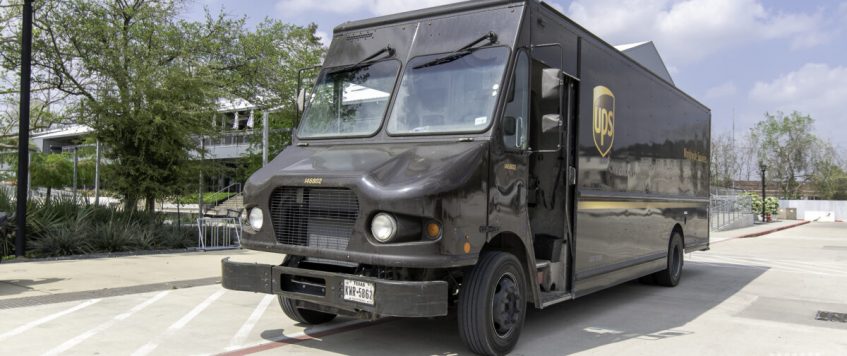-
29
Jul
UPS Shippers May Facer Double-Digit Rate Increases in Wake of Contract
UPS Inc. shippers should brace themselves for double-digit general rate increases (GRI) in 2024 as the transport and logistics behemoth looks to recoup the “astronomical” cost increases from its tentative five-year contract with the Teamsters union, a transport executive said.
Tom Nightingale, CEO of AFS Logistics Inc., a non-asset-based provider that negotiates, audits and pays about $4 billion in annual parcel spend, told FreightWaves that the “real” GRI, which is generally what shippers pay based on their shipment profiles and after add-on accessorial and fuel surcharges, will probably be in the 11% and 12% range. The headline GRI, which often doesn’t reflect what shippers actually pay, will likely be in the high single digits, which would be a second consecutive record. It should be announced by Thanksgiving.
Last year’s record UPS GRI of 6.9% (NYSE: UPS) turned into an actual GRI of close to 9% after all factors were incorporated into the calculations. Nightingale, whose company keeps close tabs on this data, said his customers were “gobsmacked” when they were told late last year what they would actually be paying in 2023. FedEx Corp., (NYSE: FDX) UPS’ chief rival, had already hit the market with the same record increase.
The GRIs, though technically increases on tariff rates, often dictate what shippers will pay in their contracts unless they can negotiate them down.
Even a company of UPS’ vaunted efficiency will be unable to offset the higher labor cost burdens without passing on a hefty bill to shippers and consumers, Nightingale said.
Compensation and benefits — a large chunk of that paid to 340,000 Teamsters — equal 47% of UPS’ $100 billion or so in annual revenue, according to Nightingale. That proportion is way too elevated for UPS to fully neutralize it with efficiency actions, Nightingale said. UPS already operates at near-peak efficiency given the cost burden its high labor tab has always placed on operations, he added.
The question will be whether FedEx and the cluster of regional carriers will look to cherry-pick existing accounts or feel confident in the stickiness of the increase to follow UPS’ lead in their own right, Nightingale said. FedEx, for its part, has its own significant costs to incur as it revamps its operations by integrating its FedEx Express air and FedEx Ground networks.
On Tuesday, UPS and the Teamsters agreed to a tentative five-year contract that the union boasted was the best UPS contract ever negotiated. Existing full- and part-time workers will get $2.75 more per hour in 2023 and $7.50 per more hour over the length of the contract, according to the union. Existing part-timers’ pay will be raised to $21 per hour immediately. New part-timers would start at $21 per hour and advance to $23 per hour. The starting wage for many part-timers has been as low as $16 an hour.
Based on analysts’ estimates, the full-time and part-time wage increases in the contract’s first year will come in at about 9%, with 4% to 5% per year through years two through five. Historically, increases in the parcel industry come in at 3% per year maximum, Nightingale said, adding that a 3x increase in the first year is a startling jump.
The tentative contract will be sent out Aug. 3 to the rank and file to vote on ratification. The deadline for voting is Aug. 22.
By: Mark Solomon / FreightWaves

